I originally began making concerted efforts to observe birds because I greatly value experiencing the biodiversity of our Earth, and perhaps no other group of life here exhibits that characteristic in a more spectacular and accessible way than the Class Aves. And if someone desires to see that diversity in person, there is perhaps no more enjoyable way to do that then by embarking on a cycling Grand Tour that involves multiple continents, though, admittedly, that may not be the most efficient, nor practical method. Indeed, as I have written about previously, my first serious efforts to observe birds coincided with the first days of my previous Grand Tour, The Tour of Gondwana, when I made my first quality observations of Parrots in the wild. On that earlier Tour, I was a total novice, but I also benefited from the fact that I was usually in distant and unfamiliar parts of the World, where almost every bird was new to me. Consequently, I was able to appreciate seven hundred twenty-eight species that I saw for the first time, which was very satisfying for a beginner. For the World2 Tour, being more experienced, and carrying somewhat more appropriate optics, I hoped and expected to do even better. Therefore, that was essentially my goal this time around, to exceed the number of new species that I saw during my time exploring Gondwana. However, I eventually chose to extend that goal to One Thousand species, primarily because that is a nice round number.
As I have, once again, written about in earlier posts, my chances for success in surpassing that goal seemed dismally poor for quite a while, after the effects of the general chaos of 2020 set in. However, rerouting to Africa got me back in the game, perseverance eventually paid off, with the stunning Orange Dove of Fiji putting me over the top, and thanks, in part, to a very productive stop on Borneo during the Coda section, I didn’t just achieve my goal, I smashed it! The final tally of Life Birds for the World2 Tour reached One Thousand One Hundred Fifty-Two, which obviously exceeded any hopes I may have had at the outset. Equally satisfying, is that my total Life List now includes Two Thousand Five Hundred Seventy species, which seems like a nicely representative sample of the Avian life of our planet. The Tour eventually lasted for one thousand one hundred twenty-one days, significantly longer than I had anticipated, and that means that I saw just slightly more than one Life Bird per day over a three-year span, and nobody could be less than thrilled with that. Of course, if I continue my now-common practice of disregarding the over ten months of days when I was confined indoors, for various unwelcome reasons, my sighting rate was an even more rewarding Ten new species per week!
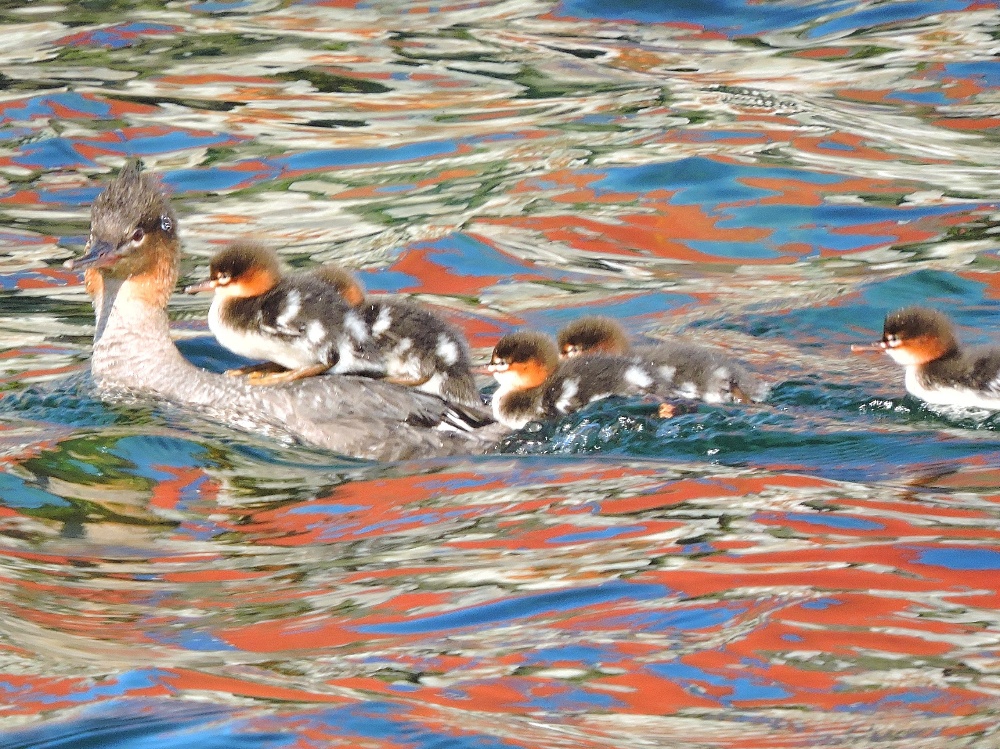
One other way that this Tour exceeded the earlier event was in my ability to identify the species I observed. During the previous Tour I was frequently unable to determine the exact species of many of the new birds I saw. Instead, I relied on photographs, often of questionable quality, to deduce their identities after the Tour was over. While that is certainly not the ideal method, I did enjoy passing time on many rainy days during the subsequent few years carefully analyzing the images I had, and studying the available resources, to come up with an identification for which I could be reasonably confident. This time, however, with my increased level of experience and, more importantly, the more useful online tools and resources available now, I ended this Tour without any unidentified birds at all. Of course, no one is perfect, so I almost certainly bungled the task in a few instances, but I feel generally confident that I may have misidentified species, or counted duplicates, no more than five times, ten in the absolute worst case.
Of course, I always tried to obtain a pleasing photo of each new species anyway, though occasionally that was not possible. Nevertheless, I was generally pleased with my efforts in that regard, only failing to capture an image of less than nine percent on the species I saw. Granted, for perhaps twenty percent of the species I did photograph the images I obtained were laughably bad, but I find that even poor photographs help me remember the sightings in future years, so I am pleased to have even those. Additionally, I was able to finally obtain photos for about a dozen species that I had seen in the past, some as far back as my childhood, but had never been able to photograph, as well as improved-quality images for about fifty other previously-seen species, so that was a nice bonus. Finally, I have previously mentioned my great reluctance to count Heard Only
species, and that policy continued during this Tour, though I made exceptions for just two species where there were extenuating circumstances.
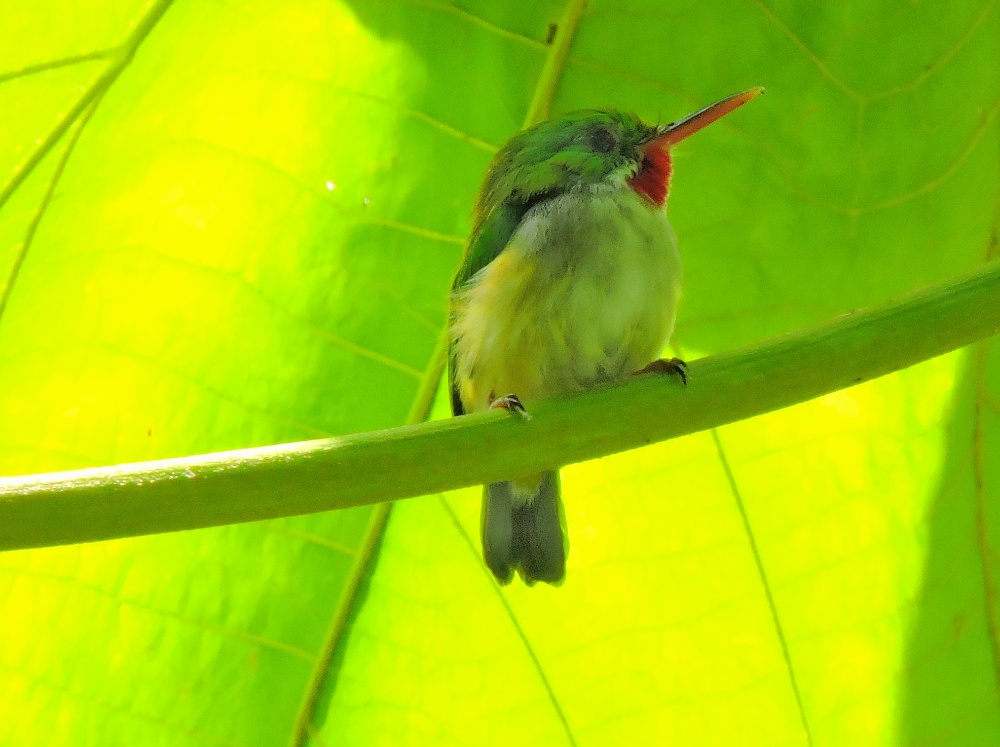
Taking a look at my results with a geographical perspective is only mildly informative, since my previous travels, and the changes wrought by covid, drastically impacted the number of new species that were possible in some places. North America, including Iceland and Greenland, was, not surprisingly, the least productive continent of the Tour, giving me Seventy-Five new species, though I was happy with that result. Next came Europe, with One Hundred Five, also an acceptable number, given the circumstances. The unplanned Coda section, which did include some territories that were in my original plans, though almost no cycling, was next, at One Hundred Seven. Things took a big step up with the hastily-improvised Asia-Pacific section, which resulted in a satisfying Two Hundred Seven Life Birds, a greater than fourfold increase in number, relative to my prior Tour in that region. Even though I might have initially hoped for more, the Neotropics yielded Two Hundred Sixty-Eight new species, certainly a satisfying amount considering the length of time I had spent birding in that region previously. But all of those lovely parts of the World were put to shame by Africa, an unplanned, covid-caused, addition to my route for the Tour, which presented me an astounding Three Hundred Ninety new Life Birds. That was all the more surprising considering that I had included a long section in East Africa during my earlier Tour. Of course, all of the species I saw were appreciated no matter on which continent they were seen and they all contributed to a very successful global birding effort.
For those who would prefer to narrow the focus a little, here are the countries that produced the most sightings for me. Of course, these data are also not particularly meaningful, since they can often be skewed by factors such as previous visits, or which of two neighboring countries was reached first along my route. Nevertheless, the results were a little surprising, at least to me, with Uganda holding on to the top spot with a soul-satisfying One Hundred Thirty-Eight new species. The rest of the top five were: Brazil, at One Hundred Twenty-Five; Kenya, with One Hundred Eighteen; Thailand with Eighty-Nine; and Malaysia (primarily Borneo,) which provided Sixty-Eight. Together, those five destinations accounted for nearly half of the total observations for the entire Tour. However, a number of other countries deserve Honorable Mentions: Sierra Leone, which yielded Fifty-Six species; Benin, with Forty-One; and both Suriname and the United States, which each added Thirty-Seven more to my total. What stands out to me from this list is how well the geographically small countries performed, demonstrating that size is not everything when it comes to birding destinations.
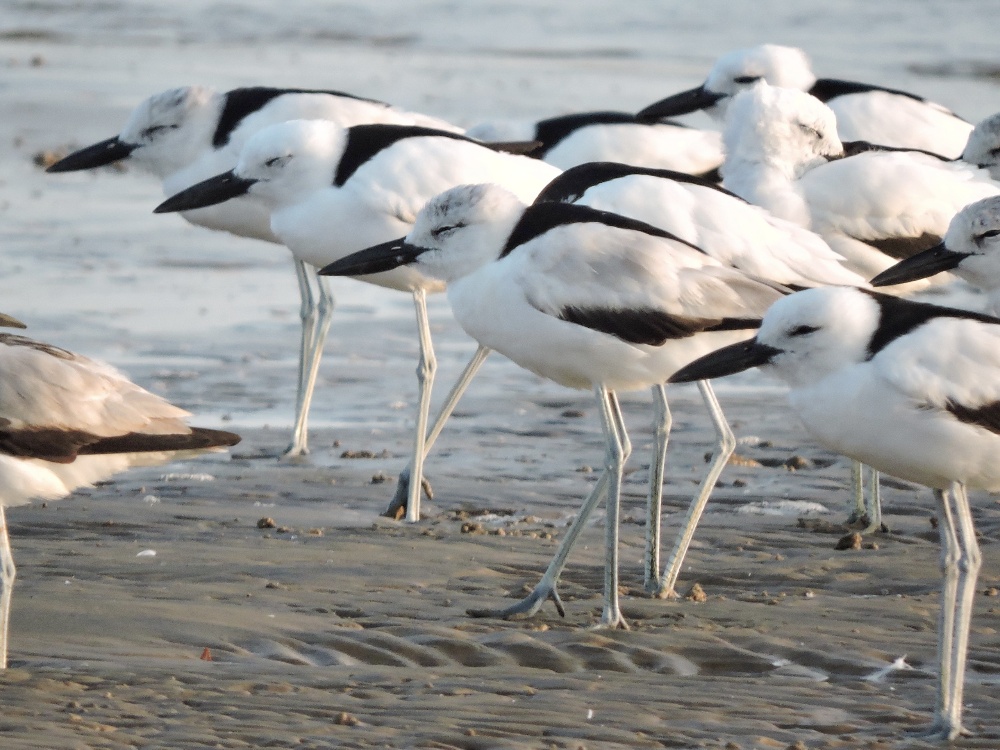
Regarding some of the charismatic groupings of birds that usually sit atop typical birders lists of favorites, I was certainly pleased with my results. I was fortunate to see Thirty-Two new species of Hummingbirds (bringing my Life Total to 92.) I similarly added Twenty-Four Woodpeckers (53,) Twenty-Three often difficult-to-see Cuckoos (36,) Ten new Hornbills (22,) Twenty-Two Sunbirds (38,) Three Pelicans (8,) which satisfyingly completed that entire group for me, Five Manakins (8,) Three Toucans (12,) and, for a group that I had been very deficient with, Seven new Owls (16.) Additionally, a Silver Lining from all the travel disruptions that occurred along the way was that I found myself in position to add to some nice groups to a level that I had not expected, such as Six new Turacos (7,) my first Six Broadbills (6,) and a very satisfying Ten new Bee-Eaters (19.) However, the most gratifying for me were the Parrots, the group that originally planted the birding seed within my mind, from which I saw Twenty-Five new examples, bringing my life total to a very rewarding One Hundred Three species seen.
Of course, birds have minds of their own and don’t always cooperate, ever-shrinking habitats make finding some species increasingly difficult, and limitations of time and money always come into play. All of these factors conspire to create many frustrating omissions from one’s list during any long birding tour. I, being somewhat less talented and also more reluctant to count less-than-ideal observations, relative to other birders, definitely missed many beautiful species that I was hoping to see, some of which were placed on my most desired
list before the Tour even started. A few examples of those from the Neotropics were Great Jacamar, Agami Heron, and Pompadour Cotinga. Since it is unlikely that I will ever go birding again in that part of the World, those amazing species, and many others, will forever remain absent from my experiences. Other species, such as Saddle-Billed Stork and Greater Painted-Snipe, actually became short-term Nemesis Birds, with multiple concerted efforts to try to see them all resulting in failure. This is probably as it should be, however, as, if the activity were too easy overall, the eventual accomplishments might lose some of their luster.
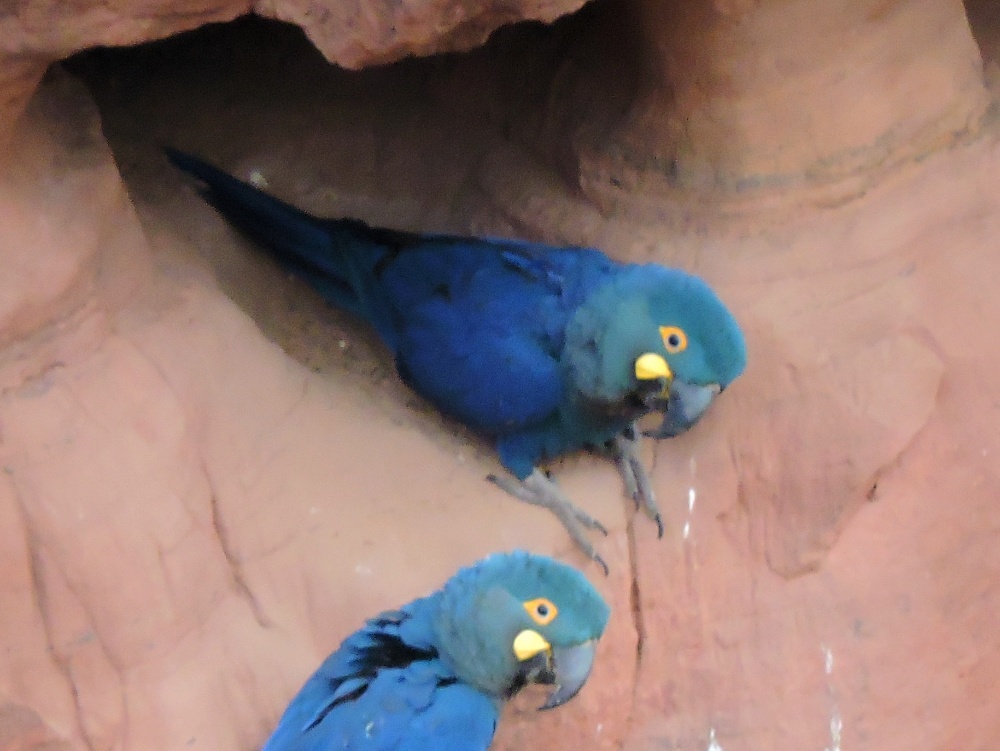
Obviously, the successes are what really matter, and, fortunately, there were plenty of those during the World2 Tour. Many birding destinations list their primary Target Species,
sometimes referred to as Specialties,
or even as a Grail Bird, often to entice birders to visit. While a World tour can’t really spend an exorbitant amount of time, or route-distance, tracking down single specific birds, or other items of interest, one would be foolish to bypass all attempts to see some of the World’s best birds, and I certainly had some level of success in that regard. Consider the following list of some of my favorite observations:
Notice the incredible variety on that list! Many others, of course, have seen some of these birds, and dedicated birders would surely choose to undertake a lengthy and costly voyage just to see one or two from that list. To have seen all of these, and more, on a single Tour is definitely an accomplishment that I am very proud of.
Greater Roadrunner
Razorbill
Broad-Billed Tody
Gray-Winged Trumpeter
Guianan Cock-of-the-Rock
Sun Parakeet
Araripe Manakin
Indigo Macaw
Noronha Vireo
Black Bee-Eater
White-Necked Picathartes
São Tomé Ibis
Ross’s Turaco
White-Headed Woodhoopoe
Shoebill
Violet-Backed Starling
Green Peafowl
Black-Faced Spoonbill
Crested Ibis
Guam Rail
Orange Dove
Maroon Shining-Parrot
Kagu
Horned Parakeet
Whitehead’s Broadbill
Bornean Bristlehead
Not all aspects of my results are completely straightforward, however. I have long realized that my total number of species seen is rather low compared to many other birders. However, I have compensated for any feelings of inadequacy by remembering that, even before the World2 Tour began, my personal list of birds seen was above-average in terms of diversity, including examples from five continents. Since that is perhaps the quality that I most appreciate, I was certainly looking forward to expanding the variety of my sightings during this Tour. It has been an increasingly popular trend among birders in recent years to de-emphasize attempts to see all the bird species of the World, though a few people have gotten amazingly close over the years. Indeed, while it could be extremely fun to try to see all three hundred forty-nine known species of Hummingbirds, only the most obsessively-minded among us could derive much satisfaction from, say, seeing all one hundred fifty Bulbuls, or the over four hundred twenty Tyrant Flycatchers, two groups whose members are frequently virtually indistinguishable from each other. Instead, a growing realization that seeing at least one member of each taxonomic Family of birds represents a much more practical, achievable, and ultimately satisfying goal, has taken hold in the Birding world recently. This is the type of endeavor that I could get behind, wholeheartedly.
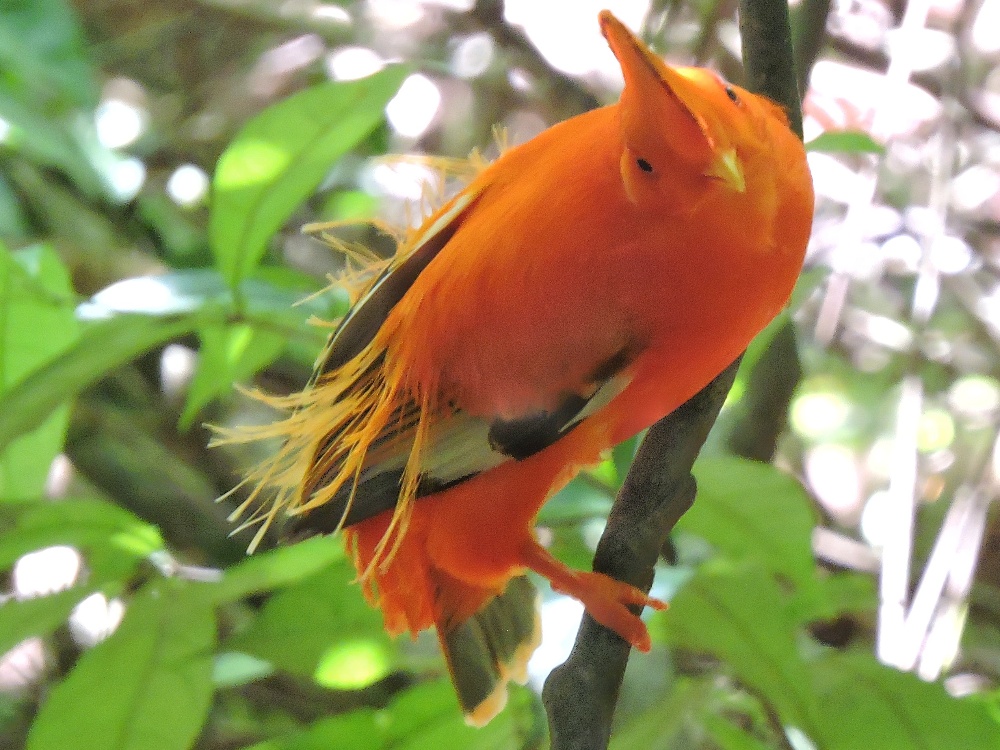
Depending which taxonomy one prefers, there are between two hundred forty and two hundred seventy bird Families known to ornithology today, with the Clements list providing a reasonable outline of Two Hundred Forty-Eight. In fact, during the World2 Tour, I increased the number of Families I have seen by Thirty-Eight, a very gratifying number that brings my life total of Families to One Hundred Eighty-Nine. Those additions included some incredibly special examples, such as Todidae, Picathartidae, Balaenicipitidae, and Pityriasidae. To put this into perspective, after around seventeen years of concerted birding efforts, I have seen just under Twenty-Four percent of the known species of Birds, but a little more than Three Quarters of Bird Families, a much more fulfilling fraction.
That result, satisfying though it may be, could have been even better, had I been more cognizant of that approach to birding at the outset of the Tour. While I anticipated and expected that I would be able to add many uncommon types of Birds to my Life List when the Tour began, it was not until I reached West Africa, about halfway through, that I realized that I should be paying attention to Families in a more dedicated manner. Consequently, had I been more aware throughout the Tour, I could potentially have seen an additional Thirteen new examples along the way. Some of those were cases that would have been difficult observations under any circumstances, so I can't be very disappointed about those. Sometimes, however, those misses were cases where, in a typical birding manner, luck was just not on my side. For example, I scanned every reed-bed that I rode past in Eurasia, and every rice paddy in Africa and Asia, for Bearded Reedling and the aforementioned Painted-Snipe, respectively, but totally failed to find either in all instances.
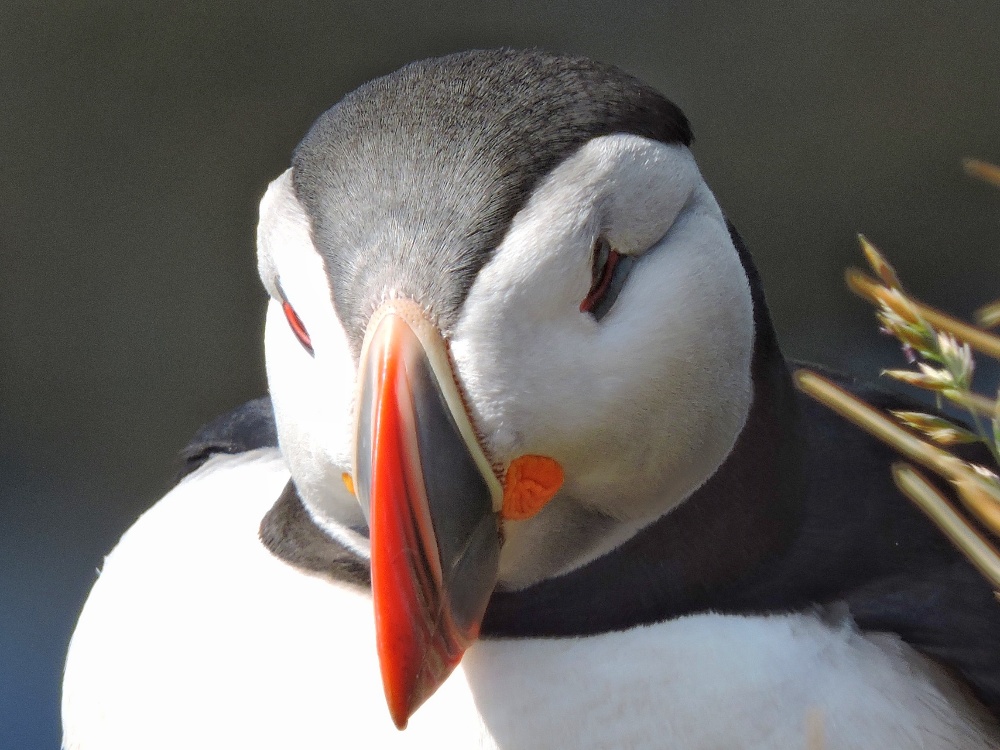
Then there were occasions when the Birds themselves seemed to be conspiring against me. A perfect example of that effect involved the bizarrely unique Oilbird, the sole member of the Family Steatornithidae. That species, one that most birders very much desire to see, are known to roost in widely-scattered caves around the Neotropics, so an evening visit to such a cave is considered a virtual sure-thing for that bird. The one location along my planned route that would provide me with a certain opportunity to see an Oilbird was the renowned Asa Wright Nature Center, in Trinidad, one of the most beloved birding lodges in the Western Hemisphere (and one that was almost lost forever due to the Covid crisis.) In fact, the cave there is probably the place where more birders have seen Oilbirds relative to any other location. Much to my dismay, however, when I arrived there in the autumn of 2019, I discovered that the trail to the cave was closed, the reason being that the Oilbirds had apparently vacated it several weeks earlier. That was that for me, since I had no other realistic possibility to try for that species, and most certainly won’t in the future as well. Somewhat annoyingly, I learned through the birding grapevine that, over a year later, the Oilbirds eventually did return to regularly roost in their former home once more. It was almost as if they were saying to me, You want to see Steatornithidae? Ha!
Of course, the cases where I missed a new Family by simply being unprepared were the most distressing for me. Early in the Tour, before I joined the Family-Birding Club, my route brought me to Puerto Rico, where, naturally, I hoped to see all of its many endemic species, one of which is the Puerto Rican Tanager. Unfortunately, my birding efforts on the island were significantly curtailed by the near approach of Tropical Storm (subsequently major-Hurricane) Dorian, and the Tanager was one of the species that I wasn’t able to see. I was not particularly bothered by that at the time, however, because, after all, I had already seen plenty of Tanagers. Only much later, when I began specifically attempting to see Families, did I realize that the Puerto Rican Tanager is not an actual Tanager after all, but is the sole member of the Family, Nesospingidae. Oops.
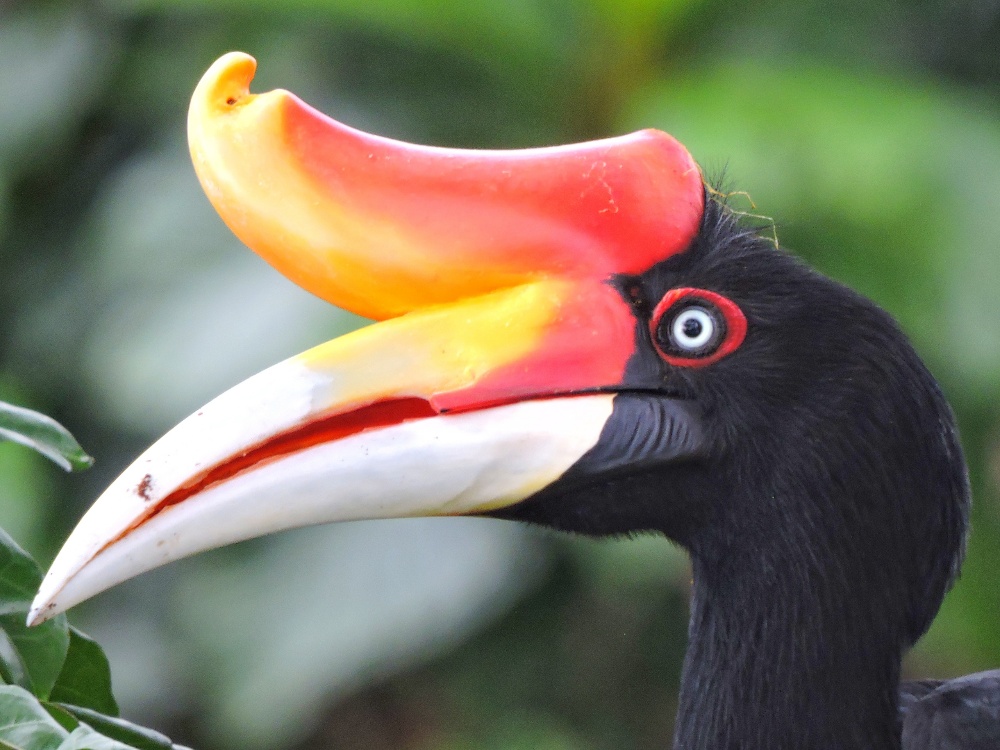
Finally, I could have drastically increased the number of potential new Family observations if I had actually been able to make it to all of my intended destinations that were precluded by the travel disruptions that occurred during the Tour. One in particular, which I held out hopes for, right up to the bitter end, and which savvy birders will likely be able to deduce, could have resulted in numerous new Family additions, including some of the most spectacular Families found anywhere. However, since my plans for the future involve much less long-distance travel, it is unlikely that I will ever be able to add any of those impressive groups to my experiences. Should my plans actually come to pass, there is a possibility that I could see another Ten new Families in my immediate geographic area, with a reasonable amount of effort. If I can locate, one way or another, just one extra Family somewhere, I could eventually increase my number of seen families to Two Hundred. Going forward, that will be my new Birding goal into the future, primarily because, once again, it is a nice round number.
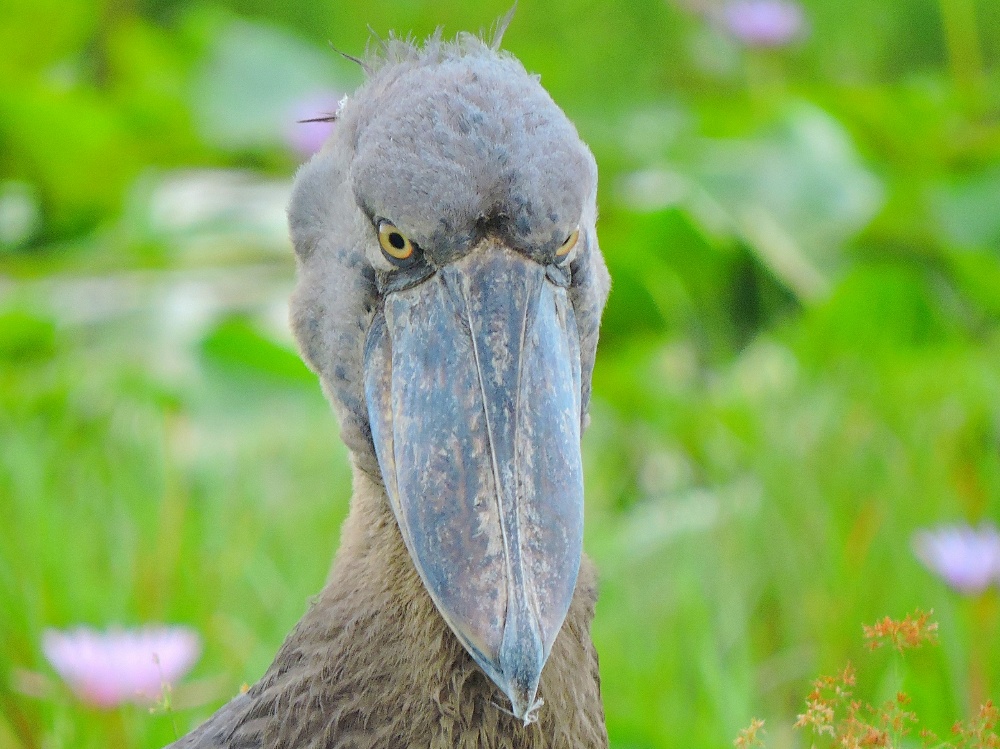
Readers may have noticed that the birds pictured in this post seem to be feeling stressed, some even angry. That is because there is a high likelihood that some of the beautiful species I saw during the World2 Tour will be extinct in the near future, perhaps during this century. Humans continue to alter the composition of Earth’s atmosphere, and the effects of those changes, those that have already occured and those yet to come, will surely push some species over the edge. Up to now, I have seen four species of birds that have been saved from extinction thanks to the efforts of captive breeding programs, California Condor, Pink Pigeon, Crested Ibis, and Guam Rail, the latter two on this Tour. However, there are no guarantees that those programs will continue into the future and those four are certainly not out of danger yet. More troublesome is that many other species will never receive such interventions, and will have to fend for themselves as chaos begins to take hold in the global environment. Consider the incredibly beautiful Araripe Manakin, a stunning, but Critically Endangered, bird that exists only on one small, forested plateau in East-Central Brazil. As weather patterns shift there will be no possibility that this species will be able to gradually move its home into another region, as it plateau as entirely surrounded by human-induced savanna. Moreover, if and when the local environment warms and dries, there is a significant chance that a wildfire could wipe out that species’ entire forest home, sending it into oblivion virtually overnight.
What a great loss it will be if the birds of the World2 Tour are not gracing the skies of the Earth for millennia to come, not only for our descendants, who won’t have the opportunity to see them, as I happily did, but primarily for their own sake, because they are among the most impressive creations of evolution up to now, fully deserving of a better fate. The appropriate time for systemic change was decades ago, and we are far beyond the point when no negative impacts will be felt. Slower travel for everyone would be a good start, and I am all for that, it does lead to many fine wildlife observations, after all. Overall, that would only have a minimum effect, however, and there will be so much more that will need to be done. Stop changing the sky—Listen to the Birds!